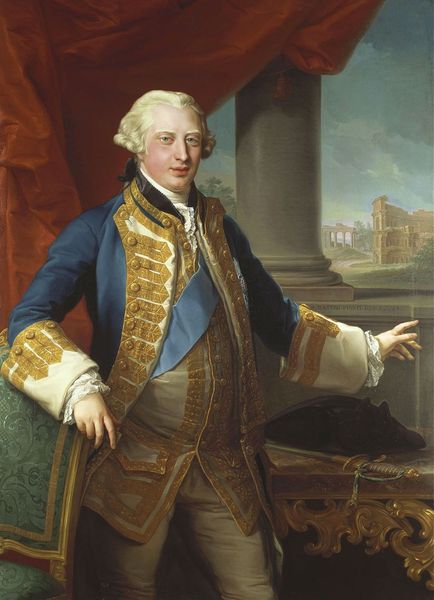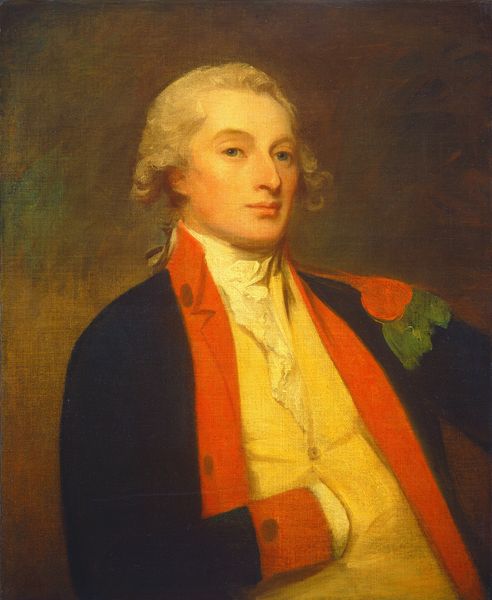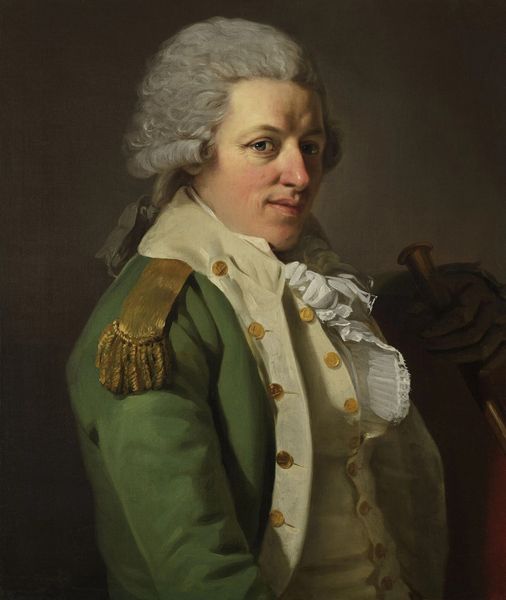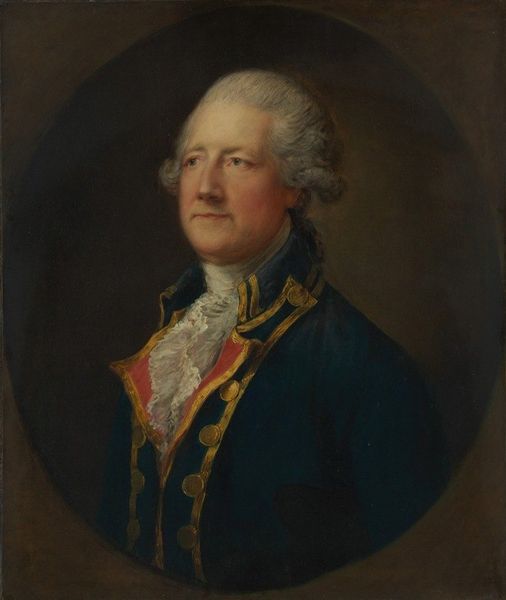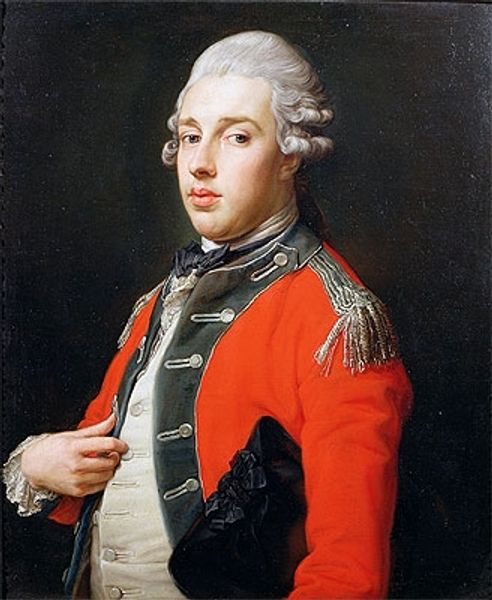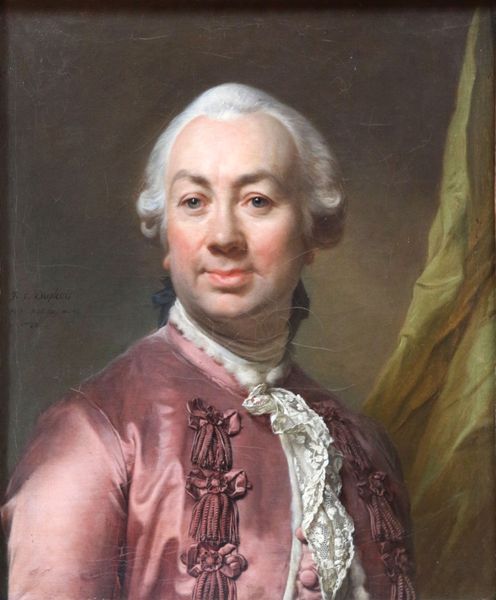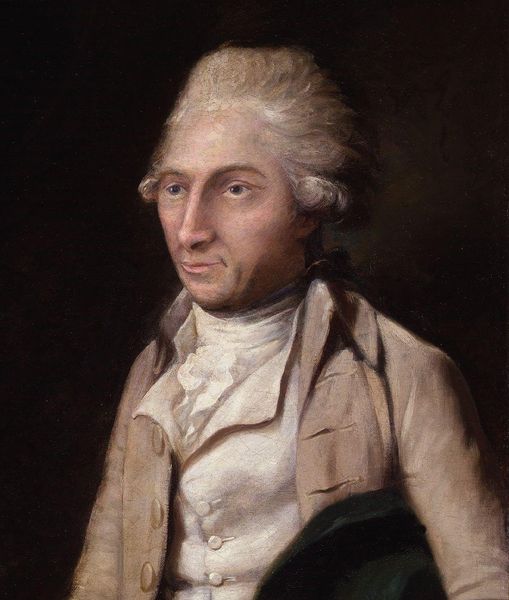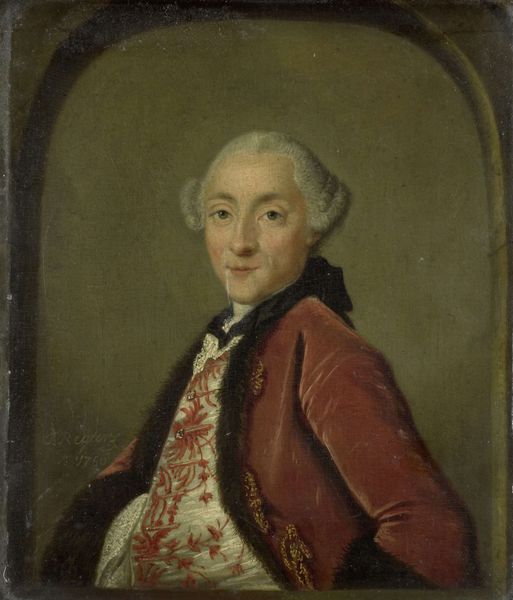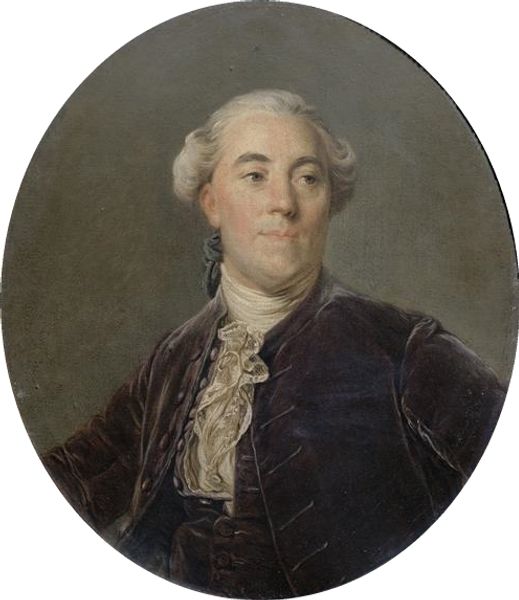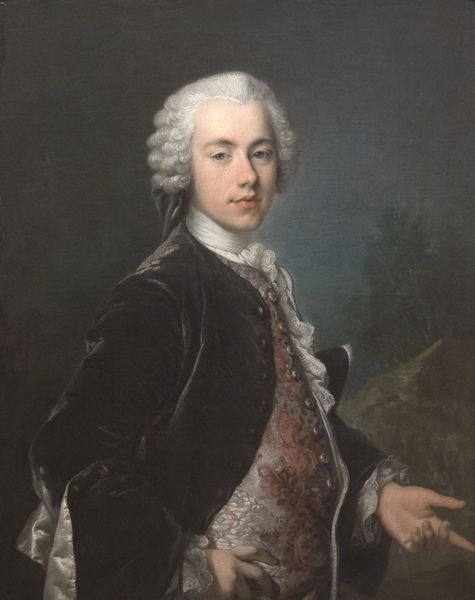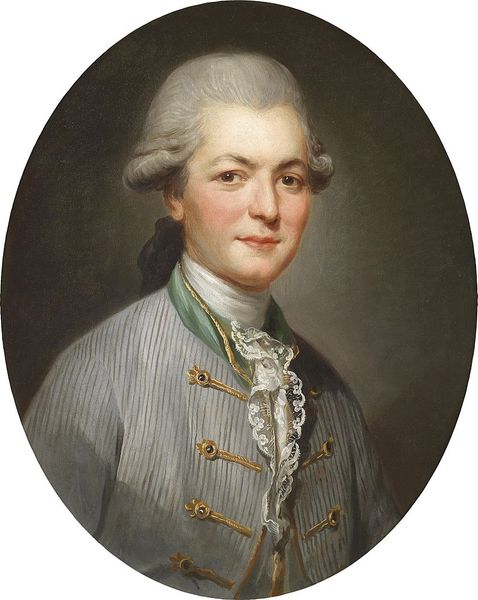
painting, oil-paint
#
portrait
#
painting
#
oil-paint
#
genre-painting
#
academic-art
#
rococo
Copyright: Public Domain: Artvee
Curator: Before us is Jean-Baptiste Greuze's oil on canvas portrait of "Charles Claude de Flahaut", completed in 1763. What’s your initial take? Editor: The colors really strike me first—the soft pink coat against the darker backdrop. It speaks to an embrace of luxury but also a certain fragility, a moment of pause. Curator: It’s evocative of Rococo aesthetics, placing the subject in a visual language where elegance meets burgeoning pre-Revolutionary ideals. The painting comes on the cusp of radical political shifts and changing roles of art. Who had the power to commission works like this, who made them? What labor, materials and economic systems were required? Editor: Indeed. And look closely at the textiles: the brocaded waistcoat, the lace. There's such tangible presence in the layering of fabric. We can examine the production processes and the social status encoded within each material choice. Each decorative detail served a specific, yet complex purpose. Curator: This portrait captures de Flahaut amidst the complex intersectional identity markers of his time – gender, class, power, and perceived privilege. The softness of his features coupled with the overt display of wealth creates a particular kind of visual tension and prompts dialogue about visibility and societal expectations. It encourages examination into themes of representation, performance, and subjectivity during the Enlightenment period. Editor: Precisely. Thinking about material origins, how was the paint sourced? The canvas prepared? What level of workshop collaboration was involved in a commission like this? Even the pink hue of his coat involves complicated processes of dying textiles. These elements ground the figure into a specific material world and make us examine modes of production and class. Curator: Considering those layered contextual understandings offers us, in turn, a lens through which we can explore our own societal biases, question established hierarchies, and examine the lasting impacts of art’s relationship with political power structures. Editor: Absolutely. Investigating materials and their sourcing provides valuable perspectives on societal stratification and power dynamics inherent in production processes, helping to consider this image in its true context. Curator: It’s been beneficial contextualizing this artwork and reflecting upon its impact in light of contemporary theories. Editor: For sure! Analyzing material elements has grounded our exploration of "Charles Claude de Flahaut," revealing much broader socioeconomic factors surrounding artistic creation.
Comments
No comments
Be the first to comment and join the conversation on the ultimate creative platform.
